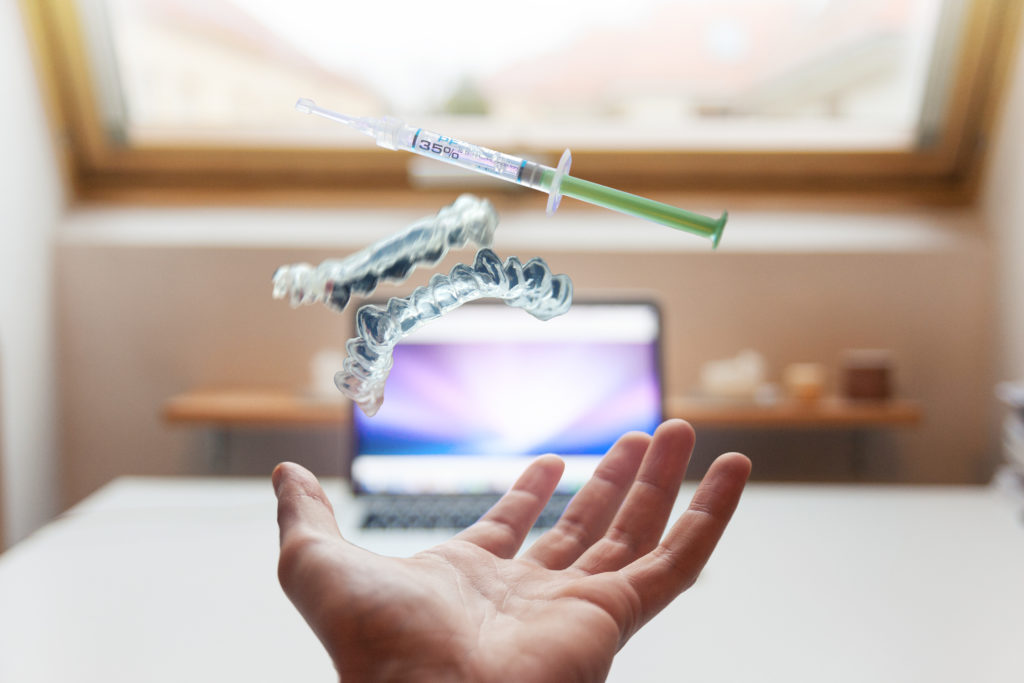Allergy & Immunology: The medical treatment and diagnosis of allergic conditions, which are usually a result of hypersensitivity caused by exposure to something, either in the environment or to a drug, that results in hypersensitivity.
Anesthesia: The medically induced loss of feeling or sensation, usually of pain, induced to permit performance of surgery or other painful procedures.
Cardiovascular Diseases: The medical specialty by which diseases pertaining to the heart and blood vessels are treated.
Dermatology: The medical treatment of diseases of the skin.
Dermatopathology: The microscopic study of the anatomic pathology of the skin.
Diagnostic/Therapeutic Radiology: The use of radioactive substances and radiant energy for the purpose of diagnosis and treatment of disease.
Ear, Nose and Throat: See Otolaryngology.
Emergency Medicine: The treatment of sudden medical conditions, such as the results of an accident.
Endocrinology: The study and treatment of the endocrine system, i.e. those organs and structures which secrete into the blood or lymph a substance (hormone) that has a specific effect on another organ or part.
Family Medicine: Also know as “primary care,” this is the treatment of most common medical ailments.
Gastroenterology: The study and treatment of the stomach, the intestines and their diseases.
Gynecology: The medical treatment of the genital tract in women.
Gynecologic Oncology: The treatment of cancer of the genital tract in women.
Hematology-Oncology, Pediatrics: The treatment of the morphology of the blood and blood-forming tissues related to or caused by cancer in children.
Internal Medicine/Infectious Disease: The diagnosis and treatment of medical, as opposed to surgical and obstetrical, diseases in adults; the treatment of disease that is caused by or capable of being communicated by infection, i.e. communicable, contagious, and infestation.
Internal Medicine: The diagnosis and treatment of medical, as opposed to surgical and obstetrical, diseases in adults.
Neonatology: The diagnosis and treatment of diseases of the newborn infant.
Nephrology: The study and treatment of the kidney, its anatomy, physiology and pathology.
Neurology: The diagnosis and treatment of disorders of the nervous system.
Obstetrics & Gynecology: The branch of medicine that deals with the management of pregnancy, labor, and the time immediately following labor; the study and treatment of diseases of the female genital tract.
Occupational Medicine: The treatment of medical disorders related to or caused either directly or indirectly by the work environment.
Radiation Oncology: The treatment of cancer by radiation.
Ophthalmology: The branch of medicine dealing with the eye, its anatomy, physiology and pathology. The diagnosis, medical and surgical treatment of diseases and defects of the eye and related structures.
Orthopedic Surgery: The branch of surgery that is specially concerned with the preservation and restoration of the function of the skeletal system, its articulations and associated structures.
Otolaryngology: The medical and surgical treatment of the head and neck, including the ears, nose and throat.
Pathology: The use of laboratory methods to identify and study the structural and functional changes in tissues and organs of the body that cause or are caused by disease.
Pediatrics: The medical treatment of children, their development, diseases and medical care.
Pediatric Surgery: The medical specialty of the treatment of children by surgery.
Pediatric Endocrinology: The study and treatment of disorders of the endocrine system in children.
Physical Medicine and Rehabilitation: The medical treatment to restore the normal form and function after injury or illness.
Plastic Surgery: Surgery concerned with the restoration, reconstruction, correction or improvement in the shape and appearance of body structures that are defective, damaged, or misshapen by injury, disease, or growth and development.
Preventive Medicine: Treatment to prevent the occurrence of medical disorders.
Psychiatry: The medical treatment dealing with the study, treatment, and prevention of mental disorders.
Public Health: The field of medicine concerned with safeguarding and improving the health of the community as a whole.
Pulmonary Diseases: The medical treatment of diseases related to the lungs.
Radiology: The diagnosis and treatment of disease by means of the use of radioactive substances and radiant energy, and by means of both ionizing (e.g. roentgen rays) and non-ionizing (e.g. ultrasound) radiations.
Rheumatology: The diagnosis and treatment of rheumatic disorders, their causes and pathology. Rheumatism: Any of a variety of disorders marked by inflammation, degeneration, or metabolic derangement of the connective tissue structures of the body, especially the joints and related structures, including muscles, bursae, tendons and fibrous tissue. Rheumatism confined to the joints is classified as arthritis.
Surgery: The branch of medicine that treats diseases, injuries, and deformities by manual or operative methods.
Urology: The branch of medicine that concerns itself with the urinary tract in both male and female, and with the genital organs in the male.

